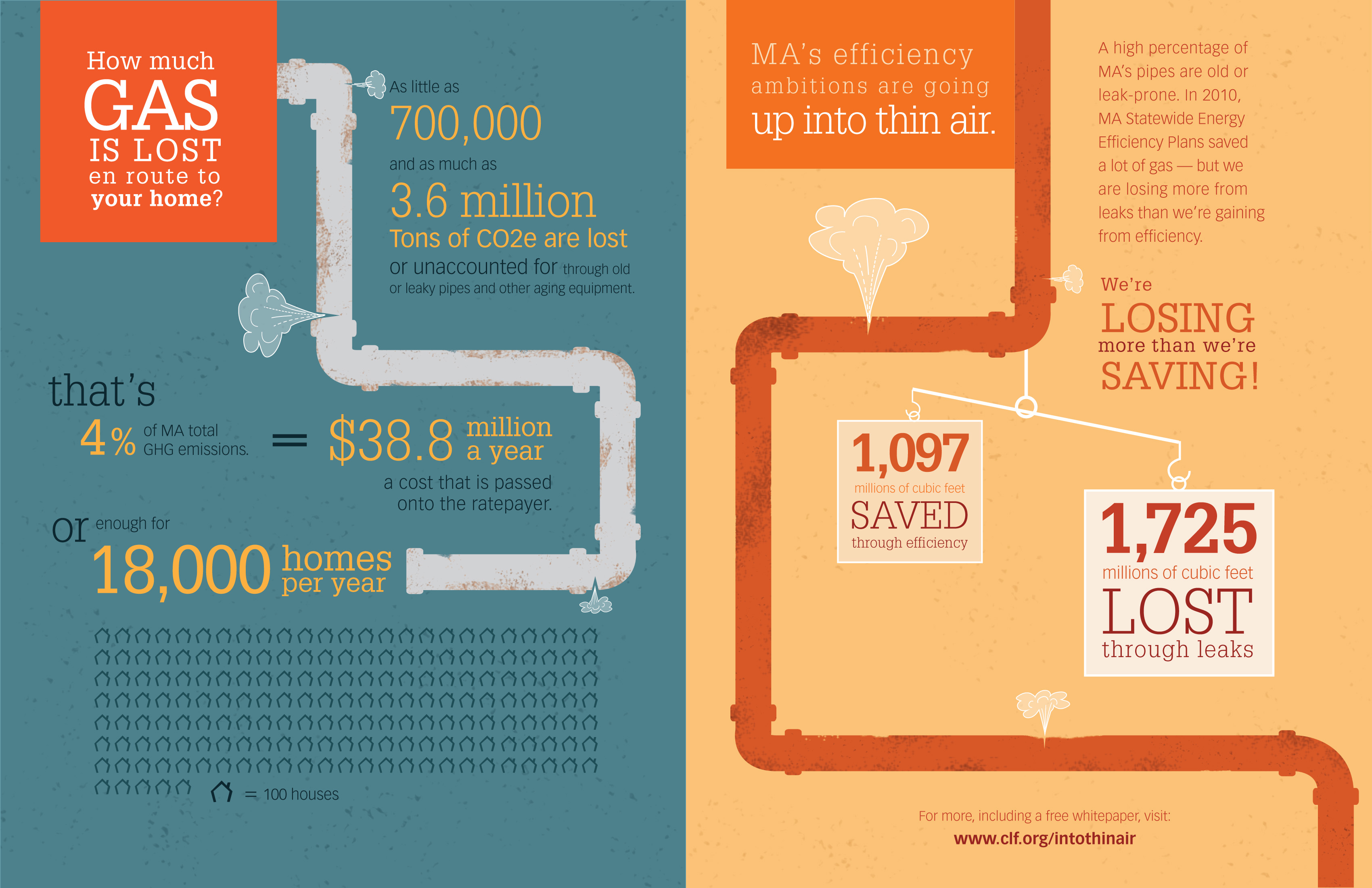Explore How The Complicated Partnership Between Costs And Environmental Results Can Reveal The Full Capacities Of Solar Power In Comparison To Conventional Power Resources
Explore How The Complicated Partnership Between Costs And Environmental Results Can Reveal The Full Capacities Of Solar Power In Comparison To Conventional Power Resources
Blog Article
Author-Jain Spencer
When assessing the viability of solar power versus typical energy resources, you might find yourself contemplating the lasting sustainability and impact on your finances. The detailed balance between first prices, continuous expenses, and environmental ramifications elevates sixty-four-thousand-dollar questions regarding the future of power generation. As you browse via the intricacies of this comparison, a much deeper understanding of the nuances in cost-effectiveness, environmental stewardship, and power protection awaits exploration.
Cost-Effectiveness Contrast
When comparing the cost-effectiveness of solar power with standard power resources, it becomes noticeable that first financial investment differences play a pivotal role in determining long-lasting cost savings.
While solar power systems call for a greater upfront investment for setup and tools, they offer substantial lasting benefits that can outweigh the preliminary prices. visit the following web page in comprehending that solar energy systems have minimal recurring operational and upkeep expenses contrasted to typical energy sources like fossil fuels.
By purchasing solar power, you can potentially save money on energy bills over the system's life expectancy. Furthermore, with innovations in innovation and lowering setup costs, solar power has become much more accessible and affordable for home owners and organizations alike. These financial savings can build up gradually, supplying a return on investment that goes beyond standard power resources.
Furthermore, solar energy systems use the advantage of power freedom and security versus varying energy costs. By taking advantage of the power of the sunlight, you add to a cleaner atmosphere and reduce your carbon impact. Accepting solar energy not only benefits your pocketbook but likewise the earth in the long run.
Environmental Impact Analysis
Solar energy presents an appealing option to traditional energy resources because of its substantially reduced ecological influence. Unlike fossil solar companies colorado that send out unsafe greenhouse gases and contribute to air contamination, solar power generates electrical energy without creating any kind of emissions.
The procedure of taking advantage of solar power includes recording sunlight with solar panels, which does not release any type of contaminants into the environment. This lack of discharges helps reduce the carbon impact connected with energy manufacturing, making solar power a cleaner and much more lasting option.
Additionally, using solar power adds to conservation initiatives by reducing the need for finite resources like coal, oil, and natural gas. By depending on the sunlight's abundant and renewable resource resource, we can aid protect all-natural environments, safeguard ecosystems, and mitigate the adverse impacts of source extraction.
Dependability and Energy Landscape Assessment
For a comprehensive assessment of reliability and the power landscape, it's essential to evaluate exactly how solar power compares to standard sources. Solar energy is pushing on as a reputable and sustainable power resource. While standard sources like coal, oil, and gas have been historically leading, they're finite and add to environmental deterioration.
Solar energy, on the other hand, is plentiful and sustainable, making it a more sustainable option in the future.
In regards to dependability, solar power can be dependent on climate condition and sunlight availability. Nevertheless, developments in modern technology have caused the growth of energy storage options like batteries, enhancing the reliability of solar energy systems. Traditional resources, however, are at risk to rate changes, geopolitical tensions, and supply chain disruptions, making them less reliable in the long term.
When analyzing the energy landscape, solar energy uses decentralized energy production, decreasing transmission losses and enhancing energy safety and security. Typical sources, with their centralized power plants, are much more susceptible to interruptions and call for comprehensive framework for distribution.
Final thought
To conclude, when contrasting solar energy to conventional power sources, it is clear that solar energy supplies a cost-efficient, environmentally friendly, and reputable alternative. With marginal operational costs, possible cost savings on energy expenses, and a considerably lower environmental impact, solar power is becoming a much more lasting and safe alternative. Embracing solar energy can help reduce greenhouse gas discharges and contribute to preservation initiatives, making it an engaging choice for the future.
